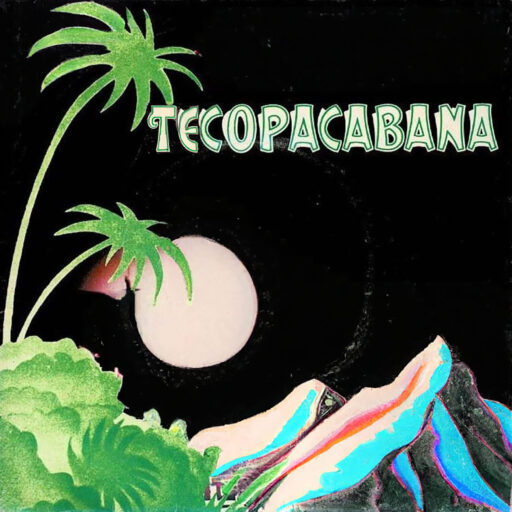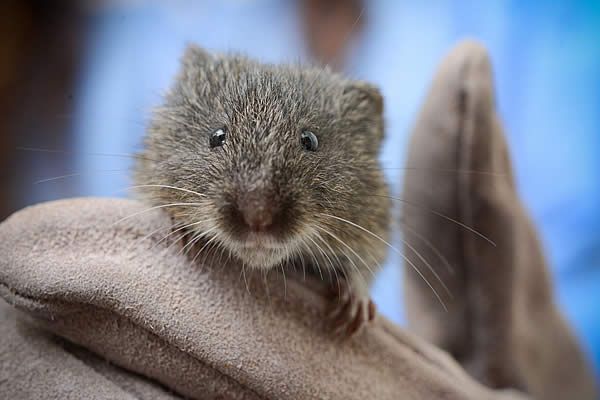A University of California research team found in 2016 that Tecopa’s California vole—Microtus californicus scirpensis—is one of the most genetically unique animals in the Mojave Desert, and that its survival depends on something deceptively simple: keeping local springs wet.
The study, conducted by biologists from UC Berkeley and other institutions, used DNA samples to map how voles once spread through the desert’s ancient river systems. By comparing mitochondrial and nuclear DNA, the scientists discovered that Tecopa’s population stands apart from all others in California. The voles here share genetic markers from both the northern and southern branches of the species—evidence that this tiny, federally endangered rodent is a hybrid remnant of two long-separated lineages that met and mixed thousands of years ago.
During the Ice Age, the desert was cooler and wetter, with streams and wetlands stretching across what is now the Mojave. Those green corridors allowed animals like the California vole to travel and survive. As the region dried out, most populations disappeared, leaving Tecopa’s voles stranded around the few places where water still flows.
The scientists warn that this isolation has made the species especially vulnerable. As they wrote, “changes in current water resource use could easily remove California voles from parts of the desert landscape.” Even small shifts in groundwater pumping or spring flow could wipe out the delicate wetland patches these animals depend on.
For residents and land managers in the Amargosa Basin, the message is clear: protect the springs, protect the vole. Sustaining year-round water at Tecopa’s seeps and marsh edges isn’t just about ecology—it’s about preserving a piece of desert history written in the vole’s DNA.
The researchers emphasized that Tecopa’s voles are more than just a rare desert rodent. They’re a living record of the Mojave’s wetter past and a symbol of how life endures when water holds steady in an arid land.
Source: Conroy, C.J., Patton, J.L., Lim, M.C.W., Phuong, M.A., Parmenter, B., & Höhna, S. (2016). Following the Rivers: Historical Reconstruction of California Voles (Microtus californicus) in the Deserts of Eastern California.Biological Journal of the Linnean Society, 119: 80–98.


Leave a Reply